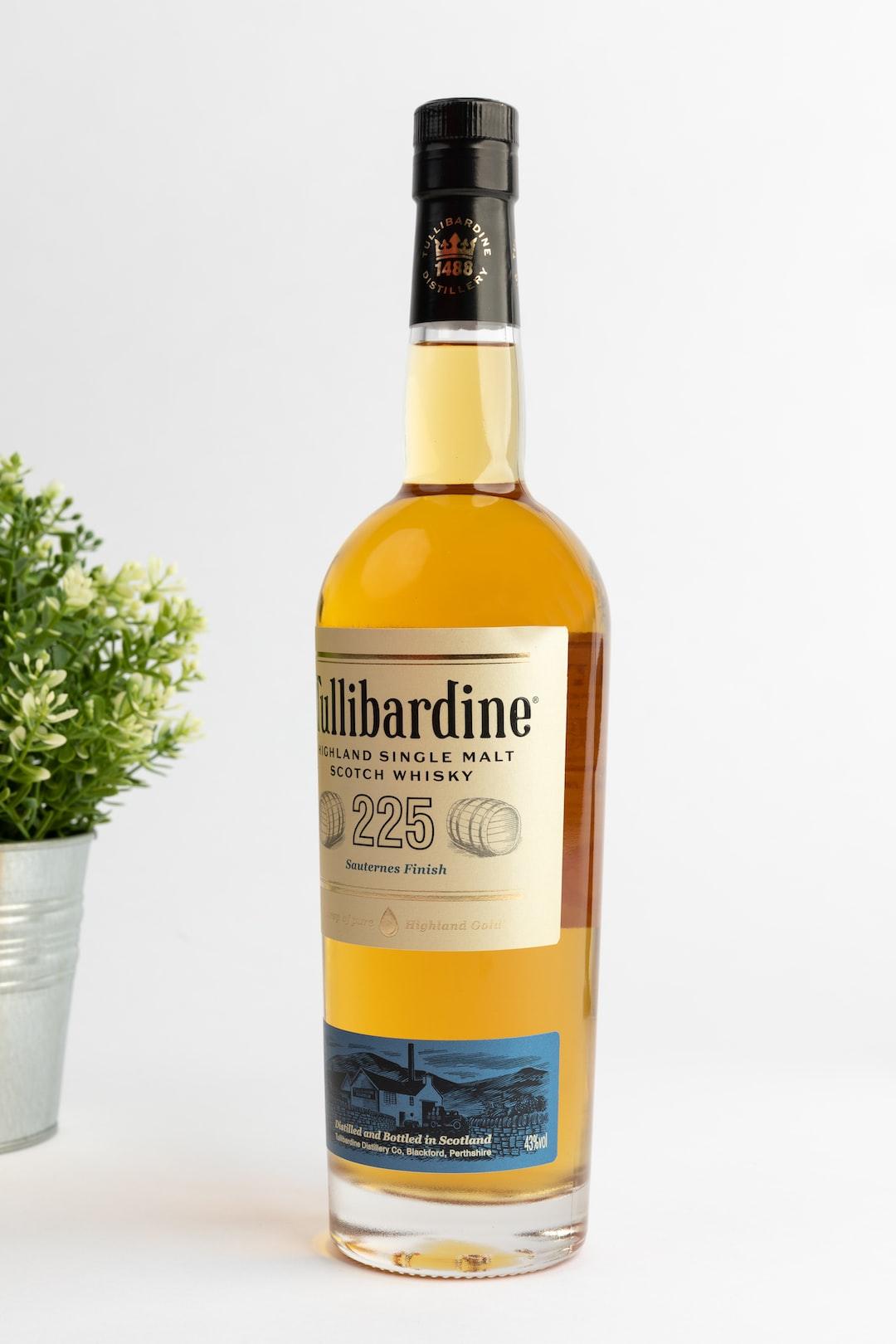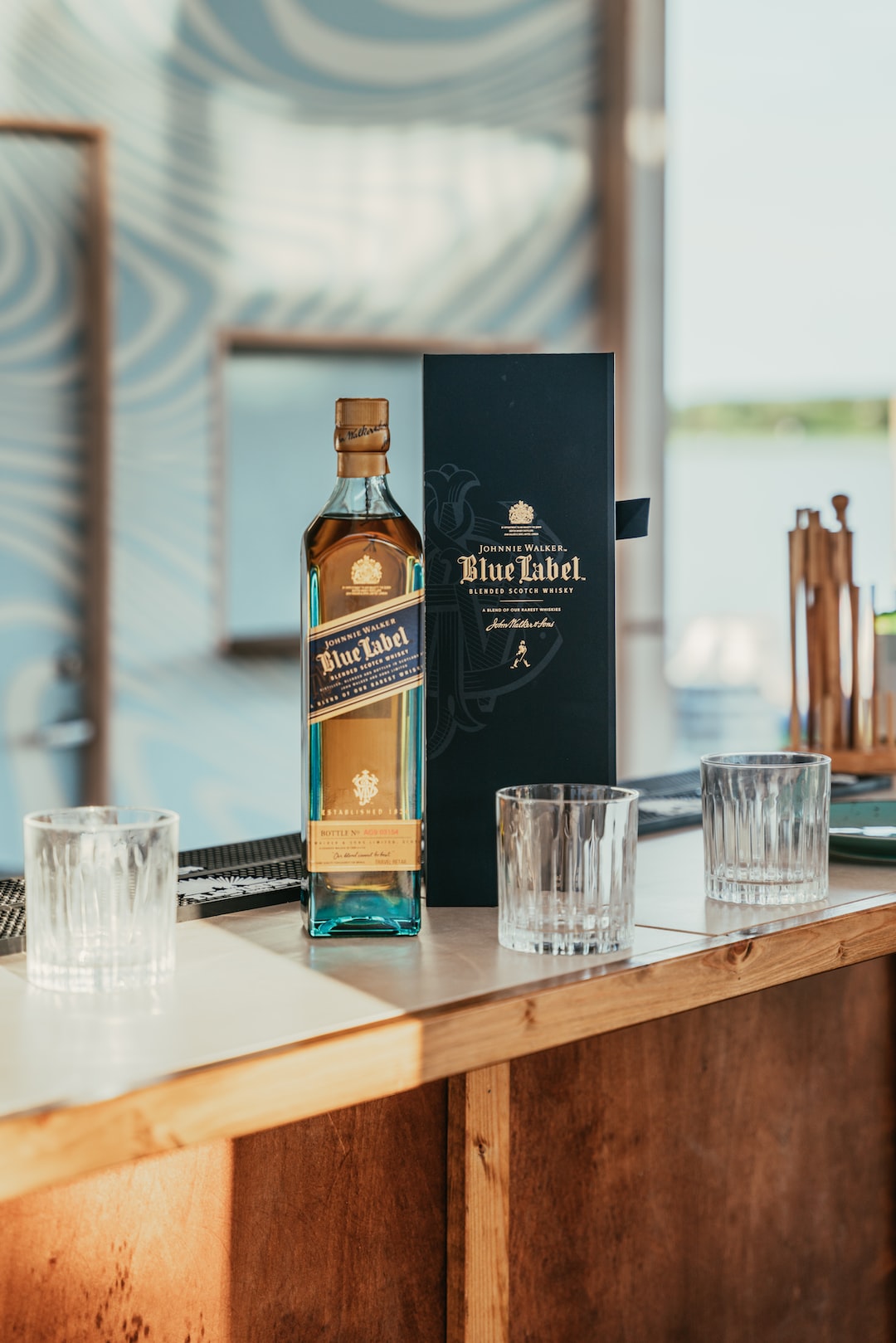
What Is The Difference Between Blended Whisky And Single Malt?
, by Mike Shu, 8 min reading time

, by Mike Shu, 8 min reading time

Do you know the difference between blended whisky and single malt? If not, don't worry — you're not alone. Most people don't really understand the difference, but it's an important distinction when talking about whiskey. Whether you're a seasoned pro or just getting started, knowing the difference between these two types of whisky is essential.
Let's dive in and take a closer look at what makes these two types of whisky different from each other. Keep reading to learn more about blended whisky and single malt, and find out which one is right for you.
Want more deep insights about the whisky world? Check out our other blog posts here.

Blended whisky is a type of whisky made by combining two or more different types of whisky. The most common blended whisky is blended Scotch, which combines malt whisky and grain whisky. There are also blended Canadian whiskies, Irish whiskies, and bourbons. Blended whiskies are usually less expensive than single malt whiskies (more on this later, we promise), and they often have a smoother flavor.
As a result, they are a popular choice for mixing in cocktails. However, some purists believe blended whiskies are less refined than single malt whiskies or lack the complexity of flavor of a well-crafted single malt. At the end of the day, it comes down to personal preference.
While many whisky drinkers prefer to sip on blended whisky with nothing more than an ice cube, plenty of other enthusiasts like to mix their spirits into a delicious cocktail. Here are five of the most common cocktails that use blended whisky (all of which can be served over ice or neat, whichever you prefer):
Enough about blended whisky; let's move on to single malt.

This may feel a bit self-explanatory, but single malt whisky is a type of whisky made from a single batch of malt whisky, which means that the whisky is made from a single type of grain such as barley, wheat, or rye. The single malt whisky must also be made in a single distillery, and it must be aged in oak barrels for at least three years. Single malt whisky is often considered the highest quality type of whisky, and it is usually more expensive than other types of whisky. This spirit classification is often described as being smoother and more complex than other whiskies, and they are often used in mixed drinks or enjoyed on their own.

The process for distilling single malt and blended whisky is very similar, but there are a few key differences. We're here to break it down for you:
The first step in the process is to malt the grain. This involves soaking the grain in water and then allowing it to germinate or sprout. Once the grain has grown, it is dried in a kiln. The type of wood used to fuel the kiln can also contribute to the flavor of the whisky.
After the grain has been malted, it is ground into a coarse powder and mixed with water to form a mash. The mash is then placed in a large vessel called a washback, where it ferments for several days. Once fermentation is complete, the liquid is ready to be distilled and is placed in a large still to be heated until it vaporizes. The vapor is then condensed into a liquid and collected in another vessel.
This liquid is now called spirit, and it contains a high percentage of alcohol. The spirit is then placed in oak barrels to age. The length of time the whisky is aged can vary, but it must be at least three years for it to be considered single malt. After the whisky has been aged, it is ready to be bottled and sold worldwide.
Now that you know more about how whisky is made let's talk more about the primary differences in taste between single malt and blended.

Single malt and blended whisky are two very different styles and possess surprisingly different flavor profiles. Because single malt whisky is made from 100% malted barley and is distilled in a single distillery, it tends to be more full-bodied and complex compared to its blended counterpart. Since blended whisky is made from a blend of different grains and typically includes both single malt and single grain whiskies (check out our post on biodynamic whisky here), it's lighter and more approachable for most whisky lovers. When tasted side by side, the difference in flavor is quite noticeable. Single malt whisky is often described as being richer and more robust, with a deeper flavor that lingers on the palate.
On the other hand, Blended whisky is usually lighter and smoother, with a more subtle flavor. More often than not, when you taste blended whisky it’s more difficult to differentiate the flavor from one brand or distiller to another. Ultimately, the choice of which type of whisky to drink is a matter of personal preference. So, if you're looking to try something new, we recommend starting with a blended whisky and working your way up to single malt.

The price range for whisky covers a pretty massive spectrum, but in general, single malt whisky will be more expensive than blended. The reason for this is threefold:
In contrast, blended whisky is made with lower grain quality and does not require an extensive aging process. Additionally, there is a greater supply of blended whisky since it can be produced anywhere globally. Most of the whisky you see on the shelves at local liquor stores will be blended whisky and priced on the low end of the spectrum.
When it comes to whisky, single malt is often seen as the gold standard. In general, single malt whisky is more expensive than blended whisky, but there are a few reasons why it may be worth the extra cost:
While single malt whisky is generally a higher-ticket item, there are some exceptions. For example, entry-level single malt whiskies from our collection may cost only marginally more than a good blended whisky. Additionally, some single malts (particularly those from Islay) can be pretty expensive due to their limited availability.
So, if you're looking for a bargain, blended whisky is usually the way to go. However, if you're willing to spend a bit more money, single malt whisky is generally a higher-quality product and, as far as we're concerned, totally worth the splurge.

All of them! But if you must choose, it really comes down to personal preference.
Some whisky drinkers prefer the complex flavor profiles of blended whisky, while others find the taste of single malt to be more pleasurable. Ultimately, the best way to figure out which type of whisky you like better is to try them both for yourself. Whisky is a highly personal experience for most experienced enthusiasts, and even if you're newer to the whisky scene, you'll love giving all of our options a try. Cheers!




Experience the epitome of refinement with our exquisite spirit collections. From timeless classics to modern marvels, our curated assortments showcase the best in the world of whisky and spirits.